Why Buy a Used Porsche 911?
If you’re a sports car enthusiast who appreciates timeless design and world-class performance, there’s a good chance you’re a fan of the Porsche 911. The German sports car is one of the longest continuously running models still in production, and its surprisingly practical personality and 4-seat configuration is backed by excellent reliability and solid street cred.
As comfortable and capable as the current generation 911 may be, you should be prepared to spend six figures if you’re shopping for the latest, greatest version of Porsche’s flagship — a spendy proposition for even the most well-heeled shoppers. But fans of the car need not despair. Thanks to common threads, such as an unchanged silhouette and a rear-engine layout, there are 50 years and hundreds of variants of past 911s to choose from.
Where do you start in your quest for a perfect 911? Let’s take a look at the car’s history.
First Question: Oil or Water Cooled?
Though its basic design has remained essentially unchanged since its introduction as a 1964 model, the 911’s half-century history can be broken down into two periods: the air-cooled era and the liquid-cooled era. Porsche introduced the 911 with engines cooled by air and circulating oil, and that setup lasted surprisingly long — from the 1960s all the way to the 1998 model year.
The switch to liquid-cooled engines occurred primarily because Porsche’s flagship couldn’t keep up with competition from the likes of Ferrari. And while some purists still swear by air-cooled varieties of 911s, there’s no arguing that liquid-cooled versions offer greater performance and less noise. So, how old a 911 should you be shopping for? Here’s a breakdown of the six generations of the 911 family, excluding the current 991 series.
Pick Your Porsche 911 Era
Though it spans a staggering 26 years, the first-generation 911 (1964-1989) delivers the purest links to the car’s roots, thanks to its relatively low weight and clean, focused design. Engine size gradually grew through the years, climbing from 2.0 liters (1964-1973) to 2.2 liters (1969), 2.7 liters (1973), 3.0 liters (1978-1983), and 3.2 liters (1984-1989) — except for the turbocharged models, which sometimes had larger engines than their normally aspirated counterparts. Find a first-generation Porsche 911 for sale
Porsche 911 engines have always been configured in flat 6-cylinder layouts (and likely always will be), though a flat 4-cylinder engine was also available in the same body and referred to as the 912. The Porsche 912 was sold until 1969, and again as a 1976 model year car. Some of the most devoted 911 lovers disdain 912s for their lackluster performance. However, judging by the recent climb in 912 values, it’s safe to say there’s strong demand for 4-cylinder 911s. The 911 Turbo, also known as the 930, was introduced to the U.S. market in 1976 and was since available throughout that model’s run. The so-called G-series 911s (1973-1989) are some of the more mechanically stout Porsches. Find a second-generation Porsche 911 for sale
The third-generation 911 model is also referred to as the 964 and features a new body and technology inherited from the ultra-exotic 959 model. Featuring smoother, integrated bumpers and more aerodynamic efficiency, the 964 also saw the debut of power steering and anti-lock brakes. The first automatic transmission (dubbed Tiptronic) appeared in 1990, and other variants offered everything from all-wheel drive to stripped-down, lightweight race-inspired versions, as well as a more powerful Turbo model. Find a third-generation Porsche 911 for sale
From 1994 to 1997, the fourth-gen 993 series exploded with even more spinoffs and variants, including Targa models with sliding glass roofs, engines with variable valve timing, and various widebody and all-wheel-drive versions. Find a fourth-generation Porsche 911 for sale
The 996 model (1998-2004) ushered in the age of liquid cooling, which gave the 911 a quantum leap in horsepower and, subsequently, performance. The new body style led to no fewer than 12 variants and paved the way for the next generation, which was received by enthusiasts with a warmer welcome. Find a fifth-generation Porsche 911 for sale
Porsche produced the 997 from 2005 to 2012, and those cars featured a return to sharper-edged exterior design, better technology, and PDK, a dual-clutch automatic gearbox technology. The 997 model was also the first 911 to all but eliminate some edgy handling characteristics, replacing a tendency for lift throttle oversteer and high-speed instability (which some enthusiasts lovingly refer to as “liveliness”) with more buttoned-down road manners. Find a sixth-generation Porsche 911 for sale
In 2012, the 997 gave way to the 991, the seventh iteration of the 911. Far from just a new face, the 991 demonstrated a remarkable leap forward in terms of engineering and performance. Power and efficiency were substantially improved, and significant innovations such as the Porsche Active Suspension Management helped to cement the legacy of the 991 into the future. Find a seventh-generation Porsche 911 for sale
In late 2018, the 2020 Porsche 911 stopped onlookers at Los Angeles Auto Show in their tracks as the new version improved upon the proven formula of the 911. The 992 generation of the Porsche 911 arrived in dealerships in the summer of 2019 and they’re still pretty pricey on the used market. Find an eighth-generation Porsche 911 for sale
What to Look for and What to Avoid?
Though 911s are often well taken care of, after all, more than 70 percent of all Porsches ever built are still on the road. That doesn’t mean you shouldn’t approach your purchase without caution. Each era has certain pitfalls that, in worst-case scenarios, can devastate your bank account.
Early 911s, particularly short wheelbase variants built from 1963 to 1969, have exploded in value of late and can command as much as $100,000 when they are in pristine condition. And while they tend to be mechanically uncomplicated, older Porsches are also prone to rust, especially those produced before chassis became galvanized in the mid-1970s.
1970s-era 911s had a design flaw in their 2.7-liter engines, which saw shorter life spans and early rebuilds. That period led to the SC model’s production from 1978 to 1983, which also had some weak spots in engine design, though those were more easily remedied by aftermarket fixes. 911s of this era can command anywhere from $10,000 to $25,000, depending on mileage and condition.
The 1984-1989 era generally saw bulletproof powertrains, but be aware that later model years had G50 transmissions, which offer smoother, easier shift action. Those gearboxes add a premium to those 911’s asking prices, which can range from $15,000 to $30,000 or upwards for limited edition or turbo models.
Porsche 964s had a few problem spots (including leaky engine seals), though their desirability has been climbing, bringing their asking prices higher; expect to spend $10,000 to $30,000 on one.
Many consider the 993 eras as the best combination of air-cooled nostalgia and modern levels of performance. Those cars regularly trade in the $40,000 range, while Turbo variants have seen a sharp rise in values — sometimes approaching the 6-figure mark.
At least for now, Porsche 996s are the unloved members of the 911 family and can be picked up for as little as around $12,000. The introduction of liquid cooling didn’t always produce reliable operation, and some early 996 models had a propensity for catastrophic engine failure (a trait also associated with early Boxster powerplants.)
The 997 picked up the thread of Porsche’s performance-focused purity, balancing that with a new level of creature comforts and civilized features. Because of the high volume of 997s that were built (and the large number of those cars that flooded the market when owners traded up to the 991), this model is relatively undervalued among its contemporaries, trading hands for between $30,000 and $70,000, or upwards for GT3 or Turbo versions.
Which Used Porsche 911 Is Right for You?
Choosing from Porsche’s 50-year lineup of 911s can be daunting, but picking the car that is right for you can boil down to assessing your patience for old-world charms, your expectations for performance, and, of course, your budget. The 1960s-era 911s have risen dramatically in value, and some of the finest, rust-free examples in the U.S. were shipped to nostalgic, well-heeled buyers in Europe who grew up around those iconic cars.
The 1970s may not be the era most pined after when it comes to 911s, but that, too, has seen a steady increase in values. Some consider the 1980s to offer the best value for durability, drivability, and reliability, though the smart money is also on the 964 era, which shows signs of rising values.
The 993 period is beloved for its clean lines and the peak of air-cooled technology, while its follow-up, the 996, hasn’t seen much love from collectors and therefore makes it a solid choice for more casual use, though it is highly recommended to have the engine checked out by a Porsche specialist. And while they are currently trading hands at surprisingly low prices (considering their high starting MSRP), 997-era 911s promise a high bang-for-buck ratio.
As with any classic cars, the old adage that you should buy the best model you can afford rings true when it comes to used 911s, and while they’re generally reliable, don’t forget that these are still premium European sports cars whose repair bills can add up quickly, so look closely at repair records and consider having your prospective car looked at by an expert mechanic before committing to purchase.
When purchased well, 911s deliver satisfying ownership experiences and entry into a fiercely passionate community of drivers, as I can attest. Following my purchase of the one-owner 1983 911 SC, I drove the car from Florida to California. It drove flawlessly on the cross-country journey and over the next two years in Los Angeles. The Porsche performed like a champ until it was t-boned by a distracted driver in an intersection. Despite the absence of airbags, it did an admirable job of protecting me from injury.
Perhaps the biggest indicator of Porsche’s magnetic personality? The fact that I can’t wait to rejoin the 911 club. Find a Porsche 911 for sale
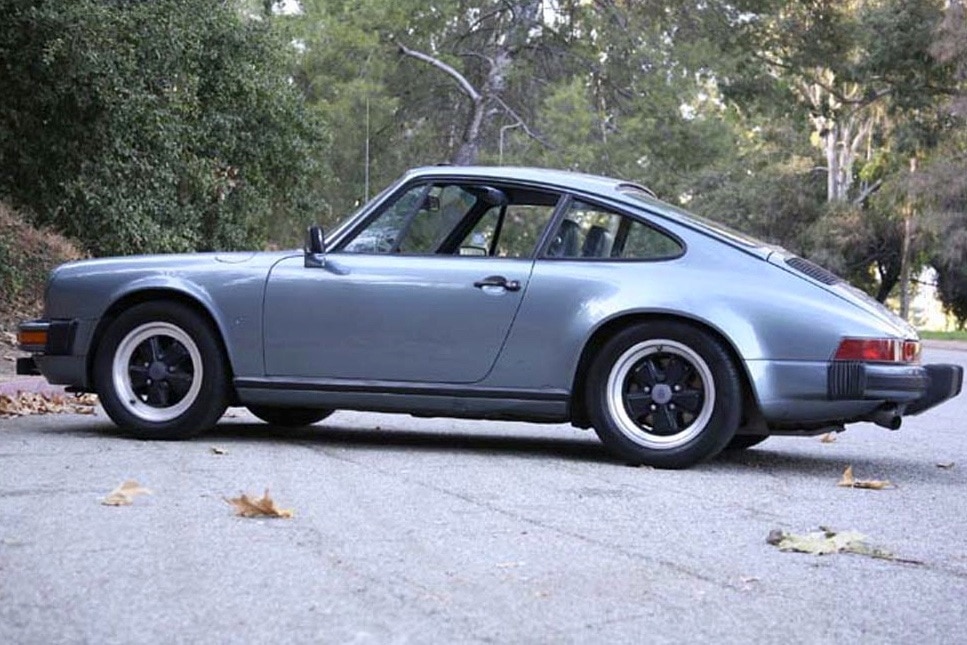
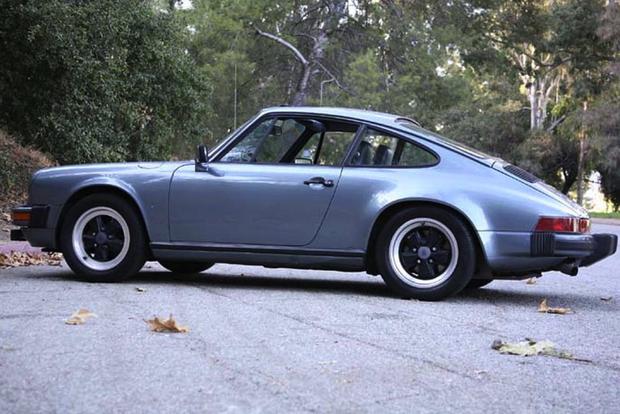
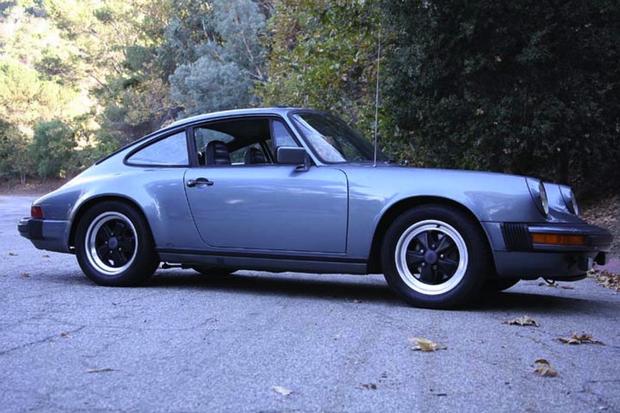

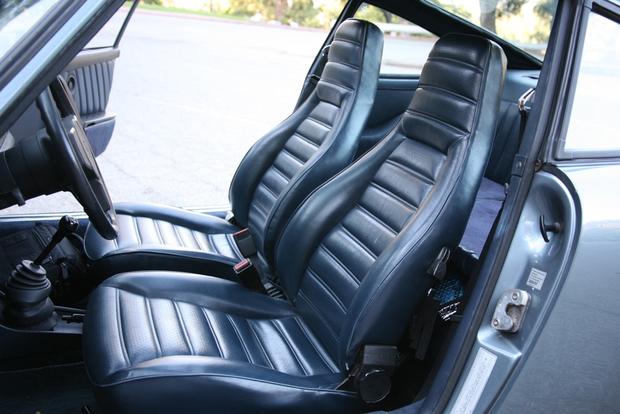
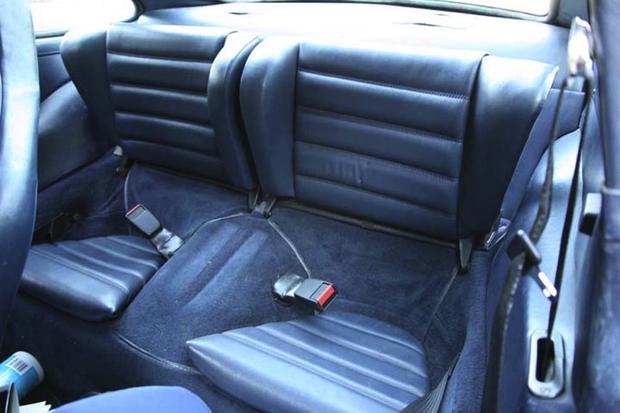
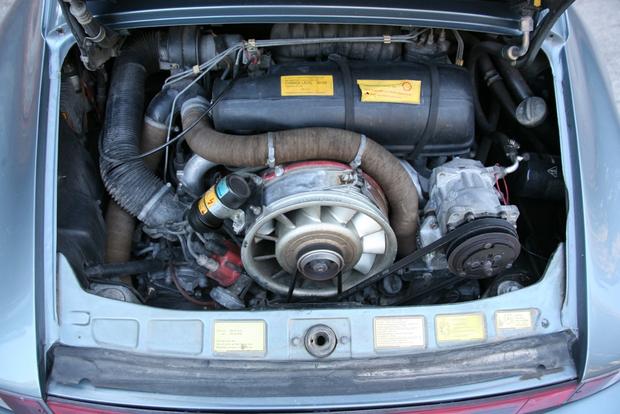
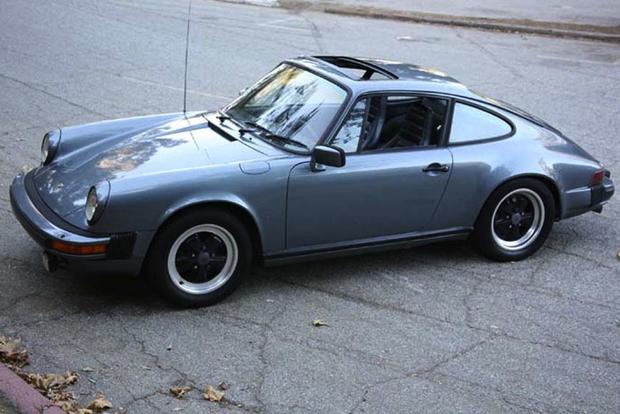











For today’s prices, at least double or triple the values quoted in this article.
Up to $100K for a SWB? Try $400K+ for a 67’ 911S soft window Targa.
Camshaft bearing failures in model years 1999-2008 are a problem to be wary about, according to this article. Note that he points out that a gently-used car may be more prone to this failure: “ Although there is limited data, the general trend is that lower mileage vehicles with infrequent oil changes or driven light-footed (as in run at low speed/engine rpms) are most likely to suffer a failure rather than those cars that are driven hard and well-maintained.”
Replaced engine has same problems. You need to look for one with upgraded engine.
Quick question…I’m looking at a 1999 911 Carrera with 66,000 on it. Checking the CarFax it says the engine was replaced at 15,000 miles 6 years after purchase. Should I stay far away or investigate further?
Great read. I’m new to the world of Porsche. I’ve my mind set on owning a Porsche as my next car. Carrera is my desired model. Thanks for your breakdown of things to consider.
There was also a 2.4 liter motor with MFI for 1972-1973. A little discussion about the 911S, 911E and 911T built in the late 60’s to 1973 would be useful – the 911S can cost as much as 3 times more than an almost identical 911T. The mid 70’s 2.7’s were not really a design flaw – rather a rushed compromise to meet strict US smog laws, so they ran the engines hotter than designed to burn off more of the hydrocarbons, which lead to pulled head studs and failures. In Europe, the same motor had no issues.
First of all Porsche AG refers to the pre water cooled design as oil cooled. Having grown up in a German environment Porsches and Volkswagens were and everyday vehicle and became a normal mode of transportation. When listing the issues for the 911 sometimes I wonder why the following? In no specific order look out for; oil return tubes that leak from 2.0 to 2.7l, pulled cylinder studs mostly in the 2.7L, Dilivar studs were a little better then OEM but still had an expansion and contraction variation that still pulls threads out of the case, only the ARP studs fix the problem, splash fed chain tensioners failed at a very high rate so look for external oil lines that feed the much improved pressure fed tensioners, silicone bronze valve guides were good for about 30K at which point the engine had to be pulled to replace them, for the short time that they were used starting in 1975 the thermal reactors would cook the heads creating valve train problems, for 930 early the turbo would cook the left rear side of the engine, for cis cars the intake plenum could malfunction and back up air/fuel mixture into the air box and explode so look for a pop off valve on the intake housing, check for slack in the shift linkage which is common and easy to fix, early cars are prone to rust so be sure to check strut towers and spare tire and battery wells,oem shocks on some models would last only 30K,check for rear main seal leak. I could go on but i’m getting dizzy. Hope this helps! Georg Ehler
Uhh… Basem, liquid cooled is with water, not oil.
Air cooled engines are cooled by air and circulating oil. I don’t see where he wrote that liquid cooled engines are cooled by oil?
Umm… if you want to get technical, oil is a liquid.